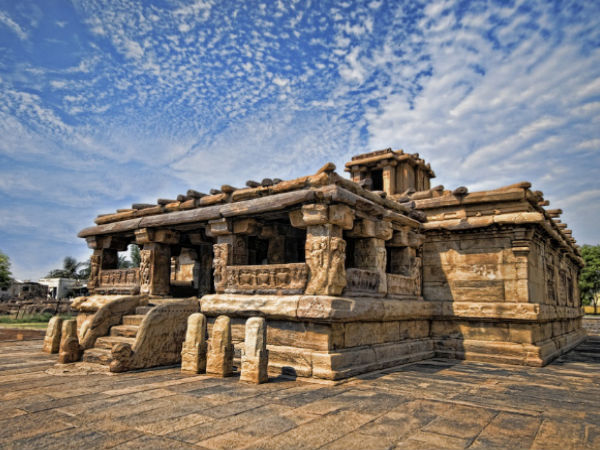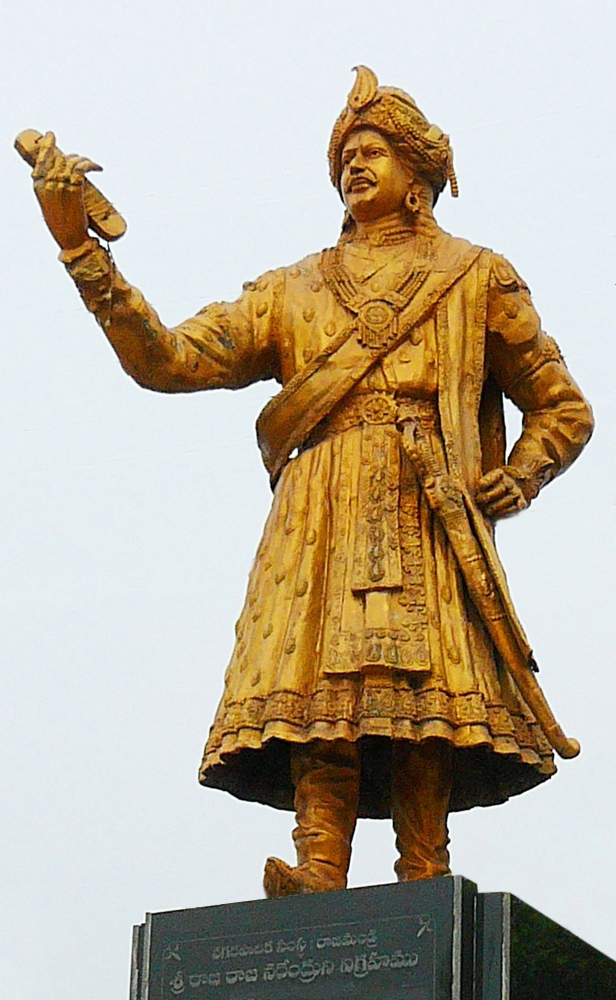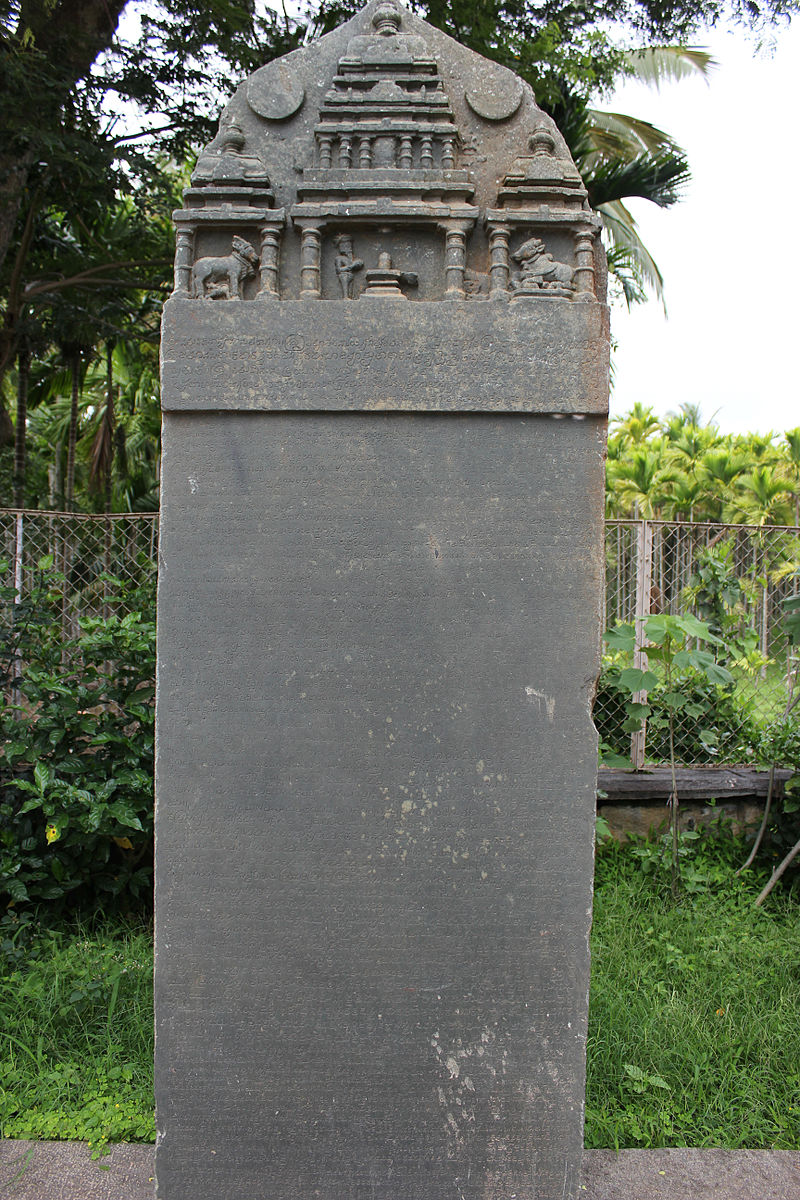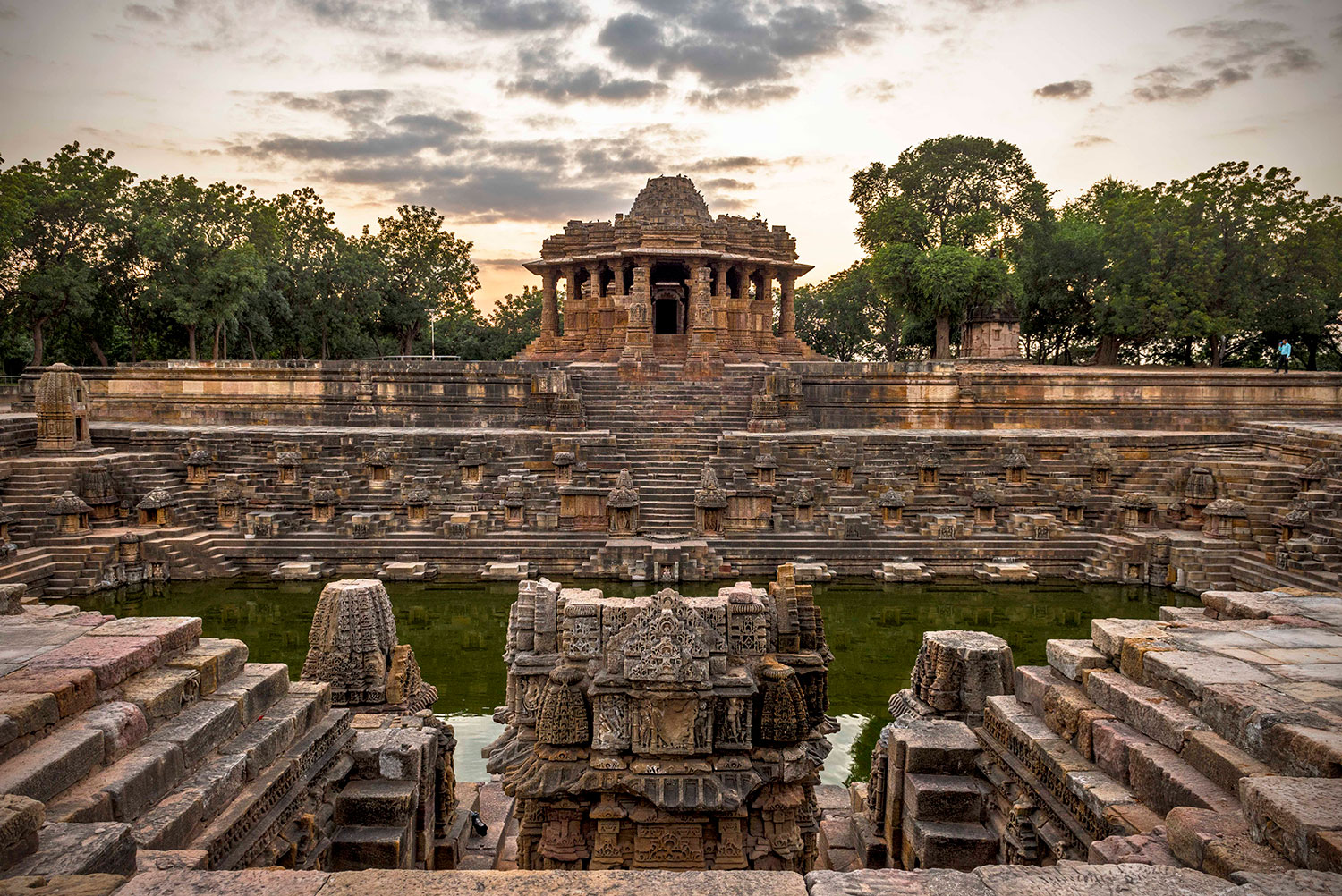Static Quiz 20 April 2022
Quiz-summary
0 of 5 questions completed
Questions:
- 1
- 2
- 3
- 4
- 5
Information
Static Quiz 20 April 2022 for UPSC Prelims
You have already completed the quiz before. Hence you can not start it again.
Quiz is loading...
You must sign in or sign up to start the quiz.
You have to finish following quiz, to start this quiz:
Results
0 of 5 questions answered correctly
Your time:
Time has elapsed
You have reached 0 of 0 points, (0)
Categories
- Not categorized 0%
- 1
- 2
- 3
- 4
- 5
- Answered
- Review
- Question 1 of 5
1. Question
he reception given to a Persian embassy by Pulakesin II is depicted in a painting at which of the following location?
CorrectAns;- b) Ajanta Caves
Explanation;-
• Pulakeshin II was the most famous ruler of the Chalukya dynasty of Vatapi.
• During his reign, the Chalukya kingdom expanded to cover most of the Deccan region in peninsular India. A son of the Chalukya king Kirttivarman I, Pulakeshin overthrew his uncle Mangalesha to gain control of the throne.
• The reception given to a Persian embassy by Pulakesin II is depicted in a painting at Ajantha. Incorrect
IncorrectAns;- b) Ajanta Caves
Explanation;-
• Pulakeshin II was the most famous ruler of the Chalukya dynasty of Vatapi.
• During his reign, the Chalukya kingdom expanded to cover most of the Deccan region in peninsular India. A son of the Chalukya king Kirttivarman I, Pulakeshin overthrew his uncle Mangalesha to gain control of the throne.
• The reception given to a Persian embassy by Pulakesin II is depicted in a painting at Ajantha.
- Question 2 of 5
2. Question
Which of the following temples are constructed by Chalukyan Dynasty?
1. Ladh Khan temple
2. Huchimalligudi temple
3. The Jain temple at MegutiCorrectExplanation;-
• All the temples are part of Chalukyan Dynasty• The Chalukyas were great patrons of art. They developed the vesara style in the building of structural temples. However, the vesara style reached its culmination only under the Rashtrakutas and the Hoysalas.
• The structural temples of the Chalukyas exist at Aihole, Badami and Pattadakal.
• Cave temple architecture was also famous under the Chalukyas.
• Their cave temples are found in Ajanta, Ellora and Nasik.
• The Chalukya temples may be divided into two stages.
• The first stage is represented by the temples at Aihole and Badami. Among the seventy temples found at Aihole, four are important.
a. Ladh Khan temple is a low, flat-roofed structure consisting of a pillared hall.
b. Durga temple resembles a Buddha Chaitya.
c. Huchimalligudi temple.
d. The Jain temple at Meguti.The Chalukya Shiva Temple, dedicated to Shiva, is one of the oldest Hindu temples and is located in the group of monuments at Aihole in the state of Karnataka, India. Formerly dated to the 7th or 8th century, it is now dated to about the 5th century. It is located to the south of the Durga temple, Aihole.
 Incorrect
IncorrectExplanation;-
• All the temples are part of Chalukyan Dynasty• The Chalukyas were great patrons of art. They developed the vesara style in the building of structural temples. However, the vesara style reached its culmination only under the Rashtrakutas and the Hoysalas.
• The structural temples of the Chalukyas exist at Aihole, Badami and Pattadakal.
• Cave temple architecture was also famous under the Chalukyas.
• Their cave temples are found in Ajanta, Ellora and Nasik.
• The Chalukya temples may be divided into two stages.
• The first stage is represented by the temples at Aihole and Badami. Among the seventy temples found at Aihole, four are important.
a. Ladh Khan temple is a low, flat-roofed structure consisting of a pillared hall.
b. Durga temple resembles a Buddha Chaitya.
c. Huchimalligudi temple.
d. The Jain temple at Meguti.The Chalukya Shiva Temple, dedicated to Shiva, is one of the oldest Hindu temples and is located in the group of monuments at Aihole in the state of Karnataka, India. Formerly dated to the 7th or 8th century, it is now dated to about the 5th century. It is located to the south of the Durga temple, Aihole.

- Question 3 of 5
3. Question
The Tamil translations of Mahabharata were done during which of the following Chalukya ruler’s reign?
CorrectAns:- a) Rajaraja Narendra
Explanation;-
• Rajaraja Narendra was the Eastern Chalukya king of the Vengi kingdom in South India. Rajaraja Narendra established the city Rajahmahendravaram.
• His period was famous for Social and Cultural heritage. During the time of Rajaraja Chola I, Rajahmundry was sacked by Western Chalukya.
• Rajaraja Narendra requested his teacher, adviser, and court poet Nannayya Bhattaraka to translate the Mahabharata into Telugu(who was only able to translate two and a half parvas of the same into Telugu).
• Statue of King Rajaraja Narendra founder of Rajahmundry city Incorrect
IncorrectAns:- a) Rajaraja Narendra
Explanation;-
• Rajaraja Narendra was the Eastern Chalukya king of the Vengi kingdom in South India. Rajaraja Narendra established the city Rajahmahendravaram.
• His period was famous for Social and Cultural heritage. During the time of Rajaraja Chola I, Rajahmundry was sacked by Western Chalukya.
• Rajaraja Narendra requested his teacher, adviser, and court poet Nannayya Bhattaraka to translate the Mahabharata into Telugu(who was only able to translate two and a half parvas of the same into Telugu).
• Statue of King Rajaraja Narendra founder of Rajahmundry city
- Question 4 of 5
4. Question
Who authored the Sanskrit encyclopaedic text Manasollasa touching upon such topics as polity, governance, astronomy, astrology, rhetoric, medicine, food, architecture, painting, poetry and music?
CorrectAns; – d) Someshwara III
Explanation;-
• Someshvara III was a Western Chalukya king, the son and successor of Vikramaditya VI. He ascended the throne of the Western Chalukya Kingdom in 1126 CE, or 1127 CE.
• The five-volume Manasollasa was authored by Chalukya king Bhulokamalla Someshwara III, who ruled over today’s Karnataka-Andhra regions between 1126 and 1138. About 8,000 slokas have been translated with notes, foot notes and the original text.
• Old Kannada inscription dated 1129 CE of King Someshvara III at Balligavi, Karnataka state Incorrect
IncorrectAns; – d) Someshwara III
Explanation;-
• Someshvara III was a Western Chalukya king, the son and successor of Vikramaditya VI. He ascended the throne of the Western Chalukya Kingdom in 1126 CE, or 1127 CE.
• The five-volume Manasollasa was authored by Chalukya king Bhulokamalla Someshwara III, who ruled over today’s Karnataka-Andhra regions between 1126 and 1138. About 8,000 slokas have been translated with notes, foot notes and the original text.
• Old Kannada inscription dated 1129 CE of King Someshvara III at Balligavi, Karnataka state
- Question 5 of 5
5. Question
The walls of the central small shrine are devoid of carving and are left plain as the temple faces the east and, every year, at the time of the equinoxes, the sun shines directly into this central shrine. The above description best describes which of the following temples?
CorrectAns;- c) Sun temple, Modhera
Explanation;-
• The Sun temple at Modhera dates back to an early eleventh century and was built by Raja Bhimdev I of the Solanki Dynasty in 1026.The Solankis were a branch of the later Chalukyas.
• There is a massive rectangular stepped tank called the suryakund in front of Suntemple.
• The proximity of sacred architecture to a water body such as a tank, a river or a pond has been noticed right from the earliest times.
• The influence of the woodcarving tradition of Gujarat is evident in the lavish carving and sculpture work.
• However, the walls of the central small shrine are devoid of carving and are left plain as the temple faces the east and, every year, at the time of the equinoxes, the sun shines directly into this central shrine. Incorrect
IncorrectAns;- c) Sun temple, Modhera
Explanation;-
• The Sun temple at Modhera dates back to an early eleventh century and was built by Raja Bhimdev I of the Solanki Dynasty in 1026.The Solankis were a branch of the later Chalukyas.
• There is a massive rectangular stepped tank called the suryakund in front of Suntemple.
• The proximity of sacred architecture to a water body such as a tank, a river or a pond has been noticed right from the earliest times.
• The influence of the woodcarving tradition of Gujarat is evident in the lavish carving and sculpture work.
• However, the walls of the central small shrine are devoid of carving and are left plain as the temple faces the east and, every year, at the time of the equinoxes, the sun shines directly into this central shrine.








